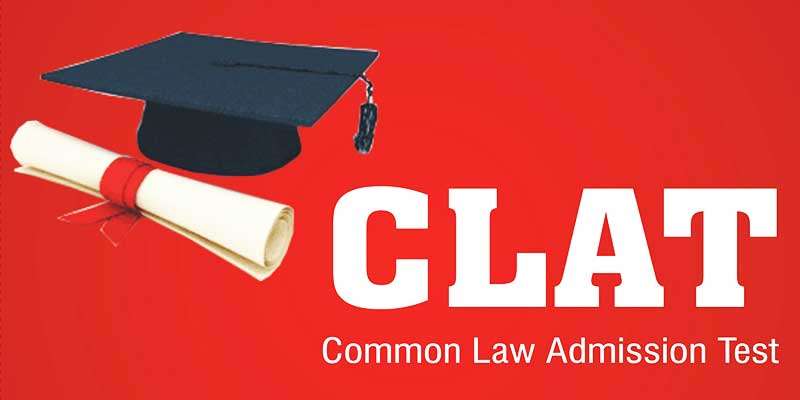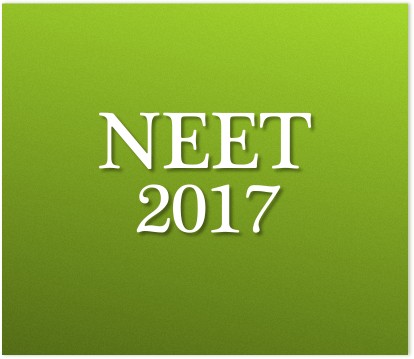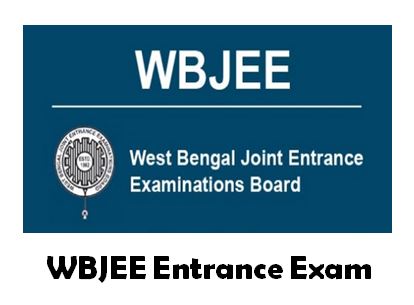This post provides you detailed information about CLAT entrance exam, its syllabus, pattern, criteria and other important points.

WHO CONDUCTS CLAT
The first CLAT Core Committee consisting of Vice-Chancellors of participating NLUs had decided that the test should be conducted by rotation in the order of their establishment. The first CLAT entrance exam was conducted by NLSIU Bangalore in 2008, the ninth Common Law Admission Test (CLAT 2016) shall be conducted by Rajiv Gandhi National University of Law, Punjab.
The Common Law Admission Test (CLAT), is an all India entrance examination, conducted on rotation by 17 National Law Universities (NLUs) for admissions to their Undergraduate and Postgraduate degree programmes.
SYLLABUS OF CLAT EXAM
Quantitative Aptitude
Number Systems, HCF/LCM, Averages, Percentages, Profit & Loss, Simple/Compound Interest, Equations, Inequalities, Complex numbers, Functions, Probability, Permutation & Combination, Mensuration, Geometry, Coordinate Geometry, Trigonometry, Mixtures, Set Theory, Speed & Distance, Work & Time, Progressions, Surds & Indices, Logarithms, Ratio & Proportion
Data Interpretation
Data Tables, Pie Charts, Line Graphs, Other Chart Types, Data Sufficiency, Bar Graphs
Verbal Ability
Reading Comprehension, Parajumbles, Fill in the Blanks, Vocabulary Based, English Grammar, Sentence Correction, Analogies, Meaning-Usage Match, Verbal/Critical Reasoning, Facts/Inference/Judgement
Logical Reasoning
Cubes & Dice, Blood Relations, Number & Letter Series, Seating Arrangement, Venn Diagrams, Clocks & Calendars, Analytical Reasoning, Syllogism.
ELIGIBILITY CRITERIA FOR UNDERGRADUATES
- Passed 10+2 or equivalent examination with the minimum of:-
- Forty-five percent (45%) marks in case of candidates belonging to Unreserved/OBC/SAP (Specially Abled Persons) Categories
- Forty percent (40%) marks in case of candidates belonging to SC/ST Category
- Candidates who are appearing in the qualifying examination in April/May 2016 are also eligible for appearing in CLAT-2016 examination.
However, they shall be required to produce an evidence of their passing the qualifying examination at the time of admission, failing which they shall lose their right to be considered for admission.
ELIGIBILITY CRITERIA FOR POST GRADUATES
- LL.B. or equivalent degree in law examination with a minimum of 55% marks in case of Unreserved/OBC/SAP (Specially Abled Persons)
- Candidates who are appearing in the qualifying examination in March/April 2016 are also eligible for appearing in CLAT-2016 examination.
However they shall be required to produce evidence of their passing the qualifying examination in the respective National Law Universities at the time of admission failing which they shall lose their right to be considered for admission.
CLAT EXAM PATTERN
FOR UNDERGRADUATES
- Total Marks: 200
- Number of Questions: 200
- Duration: 2 hours
- Marking: There is system of negative marking and for every incorrect answer 1/4th marks will be deducted.
| English (including comprehension) | 40 marks |
| Elementary Mathematics | 20 marks |
| General Knowledge/Current Affairs | 50 marks |
| Logical Reasoning | 40 marks |
| Legal Reasoning | 50 marks |
FOR POST GRADUATES
- MAXIMUM MARKS : 150
- TOTAL DURATION: 02 HOURS
- MARKS PER QUESTION: 1
- NEGATIVE MARKING: 0. 25 MARKS PER WORD.
| CONSTITUTIONAL LAW | 50 |
| JURISPRUDENCE | 50 |
| OTHER LAW SUBJECTS
|
50 |
| TOTAL | 150 |
IMPORTANT POINTS FOR CLAT EXAM
- Information Brochure which can be accessed from the official website of CLAT and also from the websites of the participating NLUs. The candidates are, therefore, advised to thoroughly go through the rules and fee structures of the participating NLUs before filling in the application form for UG as well as PG courses, and also for the NRI/NRI Sponsored and Foreign National seats.
- Information has also been provided in the e-Brochure regarding the intake, reservation policy, courses offered and the subjects taught at various levels including the areas of specialization, etc. has been specified very briefly. For detailed information regarding the same, the candidates may refer to the information available at the websites of the participating NLUs.
- Definition of disability for the purpose of admission under Specially Abled Persons (SAP) category shall be in accordance with Persons with Disabilities (Equal Opportunities, Protection of Rights and Full Participation) Act, 1995. Disability in the Act is defined to include: Blindness, low vision, leprosy cured, hearing impairment, locomotor disability, mental retardation or illness. A candidate will have to produce a Disability Certificate from the competent authority in accordance with the provisions of the Persons with Disabilities (Equal Opportunities, Protection of Rights and Full Participation) Act, 1995, at the time of admission.
- Specially Abled Persons (SAP) appearing in the Common Law Admission Test shall be entitled to an additional time of 40 minutes.
- Candidates having impairment and those who require a scribe to appear for the test must specify the same in the relevant column of the Online Application Form, citing suitable justification for the purpose and also by uploading the photocopies of the supporting documents (duly attested by a Gazetted Officer). The relevant documents must include;
(a) A Certificate of impairment from a competent authority
(b) A statement indicating whether the scribe will be brought by the candidate or needs to be arranged by the CLAT authorities.
(c) A declaration from the scribe (if brought by the candidate) that the scribe complies with the preconditions and he/she will not in any way help the candidate answer any question in the paper, apart from his/her regular duty of reading out the questions and marking/clicking the correct answers










